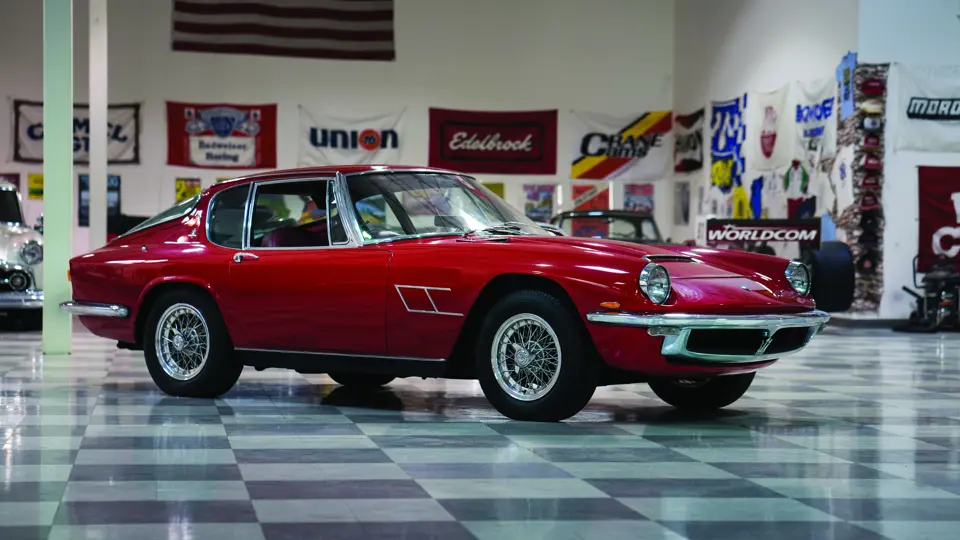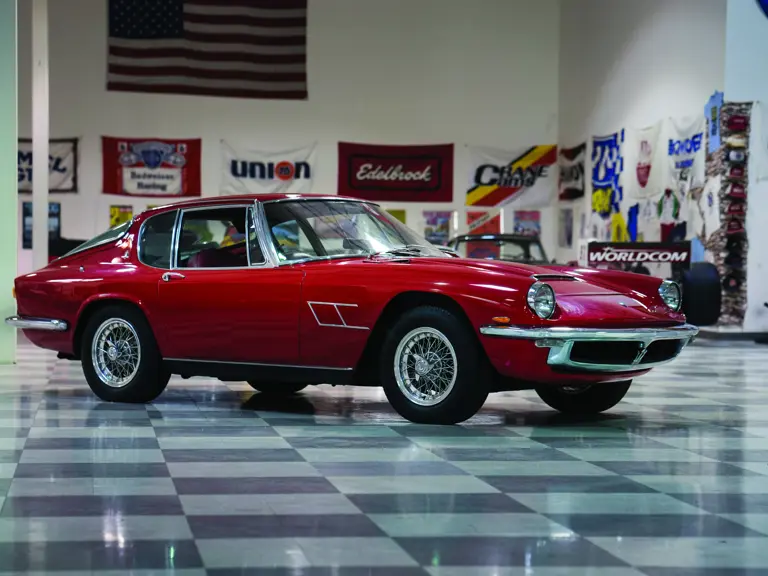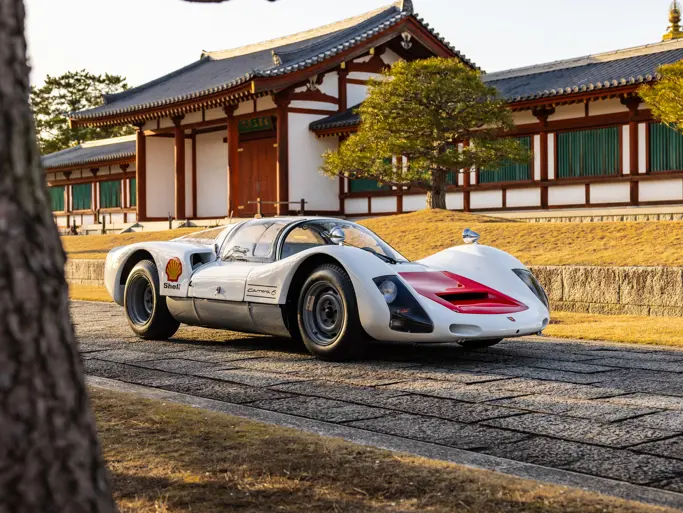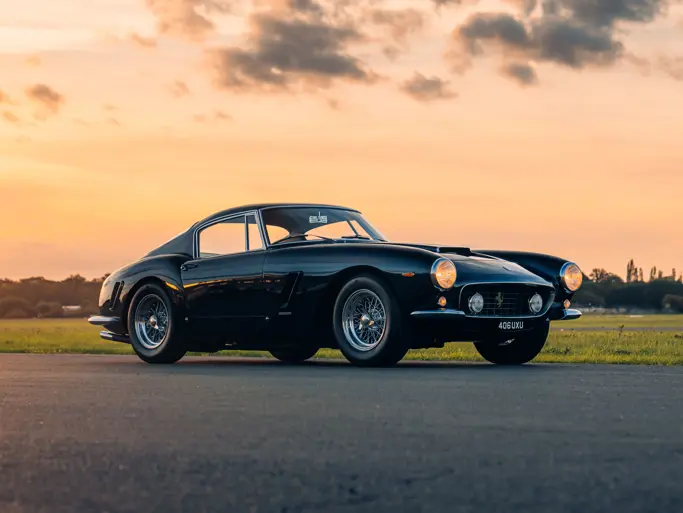
1967 Maserati Mistral 4.0 Coupe
{{lr.item.text}}
$181,500 USD | Sold
{{bidding.lot.reserveStatusFormatted}}
- 4.0-liter, 255-hp DOHC inline six-cylinder engine
- Five-speed manual transmission
- Less than 850 Mistral Coupes reported built
- Lucas fuel injection
- Borrani knock-off wire wheels w/matching spare
- Power windows and radio antenna
- Air conditioning
- Toolkit
Following the successful 3500 GT, Maserati commissioned Pietro Frua to design a new body for the updated Tipo 109 chassis; the coachwork would be built by Maggiora. The new two-seat coupe was named “Mistral,” after the cold northerly wind of Southern France, and it represented Maserati’s last car powered by the inline six-cylinder engine descended from the 350S sports racer of the 1950s, itself a close relation of the engine that powered Fangio’s Maserati 250F Formula One car.
First shown at Turin in November 1963, the Mistral remained in production until 1970 with only slight updates. During production, the engine was enlarged from 3.5- to 3.7-liters, and later, 4.0-liters, and Lucas fuel injection was also eventually used. A Salisbury rear axle was driven via a ZF five-speed manual gearbox, a typically Maserati drivetrain combination. A pure two-seater, the Mistral offered an excellent driving position and leather seats. Top speed approached 160-mph, with 0- to 60-mph coming up in just 6.2 seconds. In total, a mere 828 Coupes and 125 open Spiders were built. The Coupe utilized and handsome and practical hatchback configuration.
Road & Track noted that with the Mistral there was “nothing unconventional about the car at all, which is not a point of criticism because all of the components seem well engineered, and are assembled so as to produce a Gran Turismo car in the truest sense of the term.” They continued on that the “Maser will burn rubber in first and second without much encouragement, it is a firm understeer when cornered hard with the power on, and one can hang the tail out in an entirely predictable manner. All of which adds up to a lot of excitement and makes real demands on one’s driving skill.” With a period cost of nearly $15,000, you knew that it was exclusive in the fashion of the Ferrari’s of the time.
This particular Mistral is thought to run with the 4.0-liter, 255-hp version of the DOHC inline six-cylinder engine with dual spark plugs and Lucas fuel injection; operating in concert with the aforementioned five-speed. Four-wheel hydraulic disc brakes, a nicely worn and complementary leather interior with pleated seat inserts, stylish chromed Borrani knock-off wire wheels (spare matches), Michelin tires, electric windows, period AM/FM radio with power antenna, toolkit and air conditioning demonstrate that this was a very serious contender in its heyday as a top-flight sports GT; the years have only enforced this fine pedigree.


 | Santa Monica, California
| Santa Monica, California


